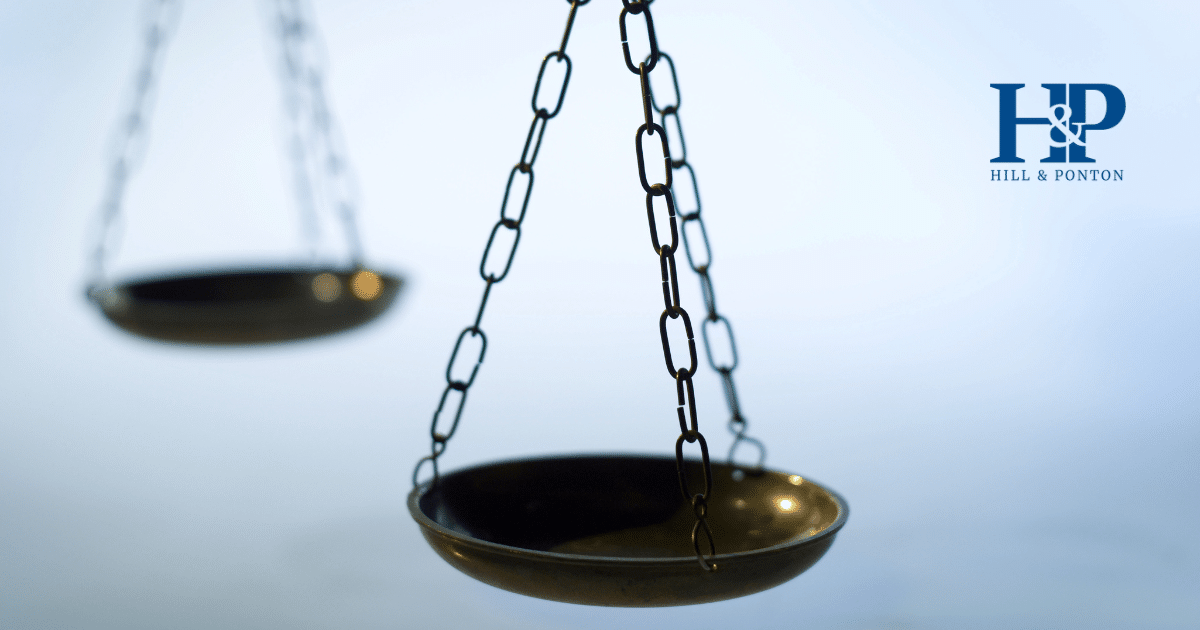The Veterans Benefits Management System (VBMS) is an electronic database used by the Department of Veterans Affairs (VA) to manage veterans’ disability claims. It serves as a centralized system for storing, organizing, and processing all claims-related documents, making it easier for VA employees and accredited representatives to access veterans’ files in real-time.
Key Features of VBMS
- Real-Time Access for Advocates: Accredited representatives, such as veterans’ attorneys or VSOs, can access their clients’ claims files directly, enabling them to provide better representation. This includes reviewing pending claims, submitting additional evidence, and advising veterans on next steps.
- Digital Claim Files: The VBMS transitioned the VA from a paper-based system to a fully digital platform, allowing for the creation of eFolders that contain all claims-related documents, including medical records and correspondence.
- Improved Efficiency: Before VBMS, claims processing often took nearly 300 days. With this system, processing times have significantly decreased, helping veterans receive decisions faster.
Why Was VBMS Created?
The VBMS was introduced in 2013 as a response to overwhelming backlogs in VA claims processing. Before its implementation, the VA relied heavily on physical paperwork, which caused delays and inefficiencies. By digitizing claims, the VBMS has streamlined processes and reduced wait times for veterans seeking disability benefits.
How Does VBMS Benefit Veterans?
- Improved Communication: The system allows advocates to proactively address issues and ensure claims are properly documented.
- Faster Processing: Veterans benefit from reduced wait times for claim decisions and appeals.
- Transparency: Veterans’ representatives can monitor the status of claims in real time, ensuring timely submission of necessary documents.
Ongoing Challenges with VBMS
While VBMS has improved the claims process significantly, it’s not without issues. System slowdowns, occasional document scanning errors, and outdated infrastructure can still cause delays. However, these challenges are minor compared to the inefficiencies of the pre-digital system.
Stay Informed About Your VA Benefits
Understanding the tools and systems like VBMS is essential for navigating the VA claims process. Want to stay updated on VA disability benefits and receive helpful tips for your claims?
➡ Sign up for the VETS Advantage newsletter to get the latest news and insights delivered directly to your inbox.




